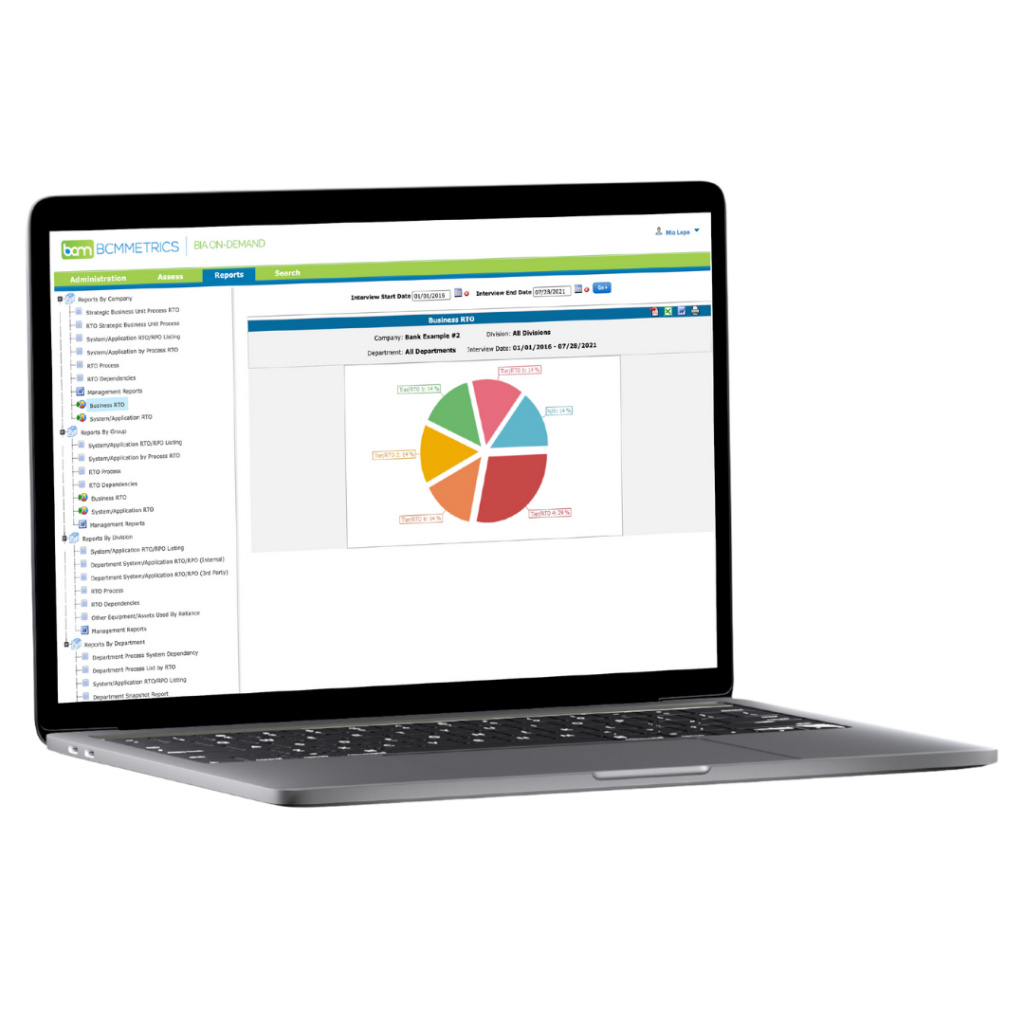Types of Recovery Plan Tests
Exercise and testing can consist of talking through recovery actions or physically recovering things. Testing can be discussion-based or operations-based. There are several different kinds of testing each categorized by their complexity involving set-up and number of participants needed.
- Standalone Testing – the person who authored the plan reviews it with someone that has a similar technical background (i.e. manager, backup support, etc.) It is useful for catching omissions in the plan and can also provide insight into the process for the backup support person.
- Integrated System Testing – occurs when all components of an IT system are recovered from scratch. This type of testing can reveal many of the interfaces between IT systems required to recover a specific IT function.
- Table-Top Exercises – these simulate a disaster but the response to it is conducted in a conference room. A disaster scenario is provided and participants work through the problem. Similar to walk-through testing except the team responds to an incident scenario.
- Simulation Exercises – requires taking a table-top exercise one step further and includes the actual recovery site and equipment. A simulation is the closest that a company can come to experiencing (and learning from) a real disaster. Simulations provide numerous dimensions that most recovery plan tests never explore. They are time consuming and expensive to conduct.









